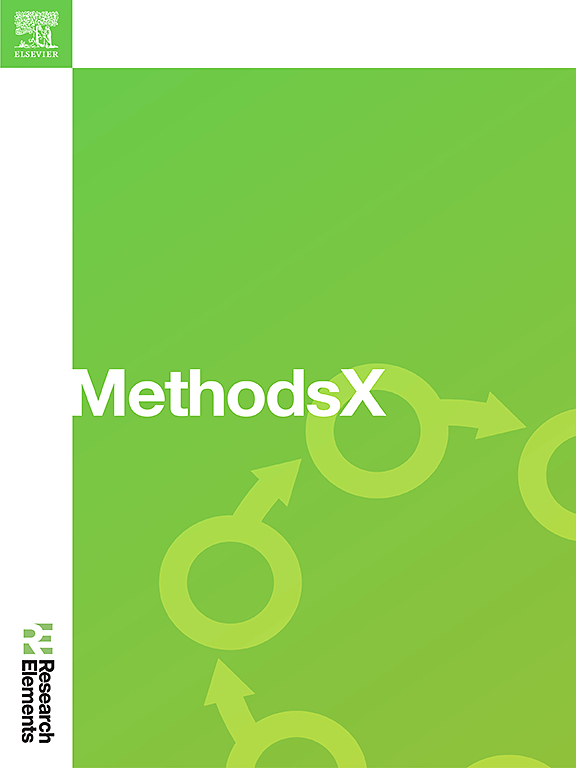利用BTR提取器增强地物分类:一种用于航空激光扫描数据高精度分析的新型软件包。
IF 1.6
Q2 MULTIDISCIPLINARY SCIENCES
引用次数: 0
摘要
利用航空激光扫描数据半自动和自动提取建筑物、树木和道路等土地特征在土地利用变化研究和城市管理中至关重要。本研究介绍了一种新的软件包“BTR”提取器,旨在提高从航空激光扫描仪获得的超级点中识别的现象的分类精度。我们的方法主要集中在:-利用机载激光扫描数据比较分类方法。-实现监督算法,实现高精度分类。-评估现有软件如TerraSolid的性能。用户友好的界面允许数据输入、训练数据收集和分类方法的选择。采用贝叶斯算法、支持向量机、k近邻、c树和判别分析五种方法对地物进行分类。对比结果表明,BTR提取器优于TerraSolid,特别是在监督分类方面,在研究区域显示出较高的准确性和可靠的实现。我们的研究结果提倡使用监督算法对云数据进行分类,以提高遥感应用的准确性和效率。本文章由计算机程序翻译,如有差异,请以英文原文为准。

Enhancing land feature classification with the BTR Extractor: A novel software package for high-accuracy analysis of aerial laser scan data
The semi-automatic and automatic extraction of land features such as buildings, trees, and roads using aerial laser scan data is crucial in land use change studies and urban management. This research introduces the "BTR" extractor, a novel software package designed to enhance classification accuracy of phenomena identified in the super points obtained from aerial laser scanners. Our method focuses on:
- –Comparing classification methods using airborne laser scanning data.
- –Implementing supervised algorithms for high-accuracy classification.
- –Evaluating the performance against existing software like TerraSolid.
The user-friendly interface allows data entry, training data collection, and selection of classification methods. We employed five methods (Bayesian algorithms, support vector machine, K-nearest neighbor, C-Tree, and discriminant analysis) to classify land features. Comparative results show the BTR extractor outperforms TerraSolid, particularly in supervised classification, demonstrating high accuracy and reliable implementation in the studied area. Our findings advocate for the use of supervised algorithms in classifying cloud data for enhanced accuracy and efficiency in remote sensing applications.
求助全文
通过发布文献求助,成功后即可免费获取论文全文。
去求助
来源期刊

MethodsX
Health Professions-Medical Laboratory Technology
CiteScore
3.60
自引率
5.30%
发文量
314
审稿时长
7 weeks
期刊介绍:
 求助内容:
求助内容: 应助结果提醒方式:
应助结果提醒方式:


